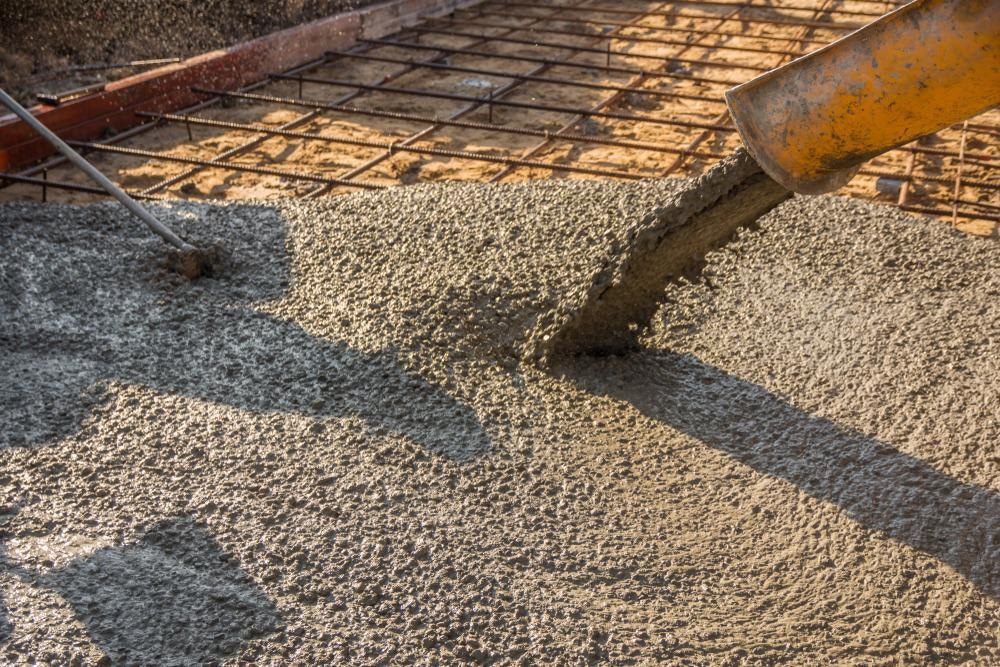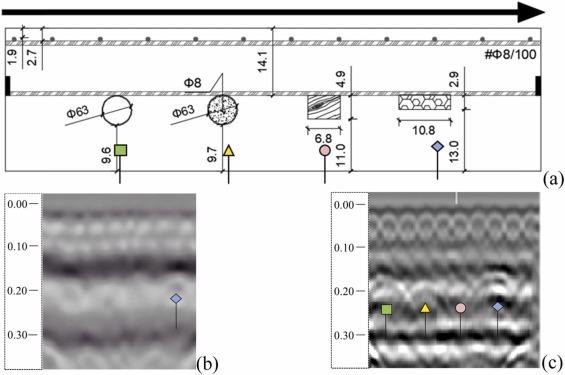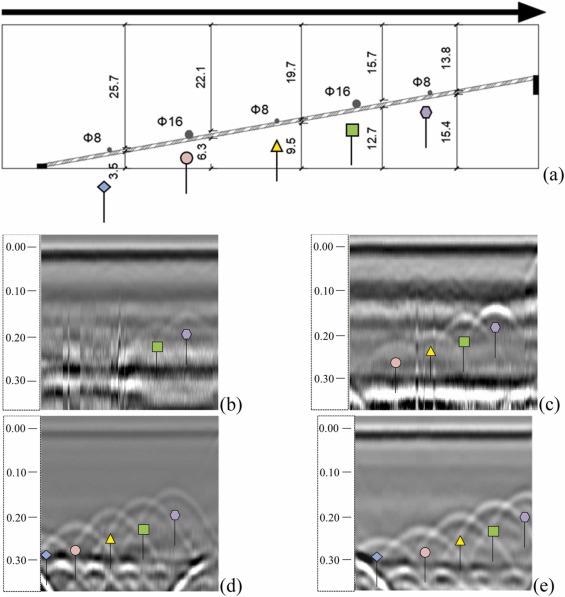Researchers from Greece and the UK have published an article in the journal Case Studies in Construction Materials regarding the experimental use of the Ground Penetrating Radar method on six concrete samples with purposely inserted items of various types.

Study: Reliability and limitations of GPR for identifying objects embedded in concrete – Experience from the lab. Image Credit: Nopphinan/Shutterstock.com
Advancements in Materials Technology
Newer buildings are often characterized by greater reliability, efficiency, endurance, and sturdiness as a consequence of more than 100 years of continual advancement in material science, refinement of control systems, and introduction of advanced construction and operation.
Older structures, on the other hand, frequently require provisional or stretched repair, reinforcing, or reconstruction due to a combination of inadequate initial performance, degradation, aging process impact induced by environmental conditions, and the influence of inadvertent effects such as seismic events and fire hazard.
Structural Material Reinforcement Process
To develop a successful recovery strategy, it is necessary to first examine the structure's state by identifying and characterizing its parts and systems, as well as investigating the interior health of its supporting parts. Even when design possibilities and illustrations are available, they sometimes are inadequate or not exactly implemented for a myriad of purposes, including construction project margins of error and variability, unacknowledged development errors, unintended transitions of the rebars in the development phase, and particles of different materials (metal particulates, wooden, PVC) that were unintentionally integrated into concrete or that assisted design but were not eliminated or documented.
Previous Research on the Radar Approach
The radar approach has been widely used in a variety of engineering industries, including construction, bridges, and archaeology surveys. It should be highlighted, however, that the research on less stringent quality control and higher heterogeneity between design and building is sparse when compared to that on infrastructural surveys and is focused on the evaluation of the previous structure, whereas experimental investigations on lab samples are primarily focused on humidity.
What is Ground Penetrating Radar?
Ground Penetrating Radar (GPR), sometimes known as "geo radar" or "surface penetrating radar" in the literature, is a frequently used technology for inspecting structural members in a non-intrusive way. It works by transmitting electromagnetic radiation across a material.
The framework consisted of an antenna that serves as both a sender and a receiver, as well as a central control unit. The sensitivity to a signal is determined by two major physical attributes of the examined substance: conductivity and dielectric constant. The particular approach for application is defined by the demands of each unique scenario, and the success is dependent on local circumstances, although the GPR approach may help significantly in acquiring both qualitative and quantitative information.

(a) Specimen M1/P-W-PVC, (b) 900 ΜΗz, (c) 1600 ΜΗz. Image Credit: Erato et al., Case Studies in Construction Materials
Advantages and Disadvantages of GPR
The advantages of applying the GPR method to concrete include the recognition of integrated substances with continuously varying dielectric permittivity, such as reinforcement bars, wires, pipes, and so on, as well as the sensing of intrinsic geographic areas with particular qualities, such as significant busting and humidity variants.
It also allows you to estimate the wrap thickness and width of inspected items that are only exposed from one side, given that standardization is possible.
However, there are certain limitations and disadvantages associated with the use of GPR. One of the biggest drawbacks of the GPR technology, which has received substantial critique for its prospective applicability, is the complexity in analyzing and comprehending the resultant data.
The choice of the most viable antennas, the definition of data collecting settings, and the application technique all influence data quality and comprehension. Standardization of the radar sensor before use is also necessary, and it is more difficult when a component is only available from one side and/or its minimum thicknesses cannot be guaranteed as accurate.

(a) Specimen M0/R8-R16, age: (b) 7 days (c) 90 days (with automatic settings) (d) 3 years (with the settings of the seven-day-old concrete’s survey) (e) 3 years (with automatic settings). Image Credit: Erato et al., Case Studies in Construction Materials
Research Findings
For the experiment, six similar specimens (length: 112 cm, height: 68 cm, width: 30 cm) were molded and hardened utilizing identical conditions. Two antennas of different frequencies, 1600 MHz and 900 MHz, were used. The examination of the materials revealed that the usage of high-frequency antennas allowed for a thorough examination of their interior condition.
However, in real-world constructions where concrete pieces of varying proportions coexist, a lower-frequency antenna may produce superior results. Objects implanted at a shallow depth from the examined material emit dazzling flashes that may interfere with the identification of objects placed deeper. By examining the same routes with both the conventional and cross-polarized antennae configurations, various diameter reinforcement bars can be identified, and metal items can be discriminated from non-metallic ones.
In short, the researchers have investigated laboratory implementation of GPR on concrete specimens to thoroughly understand its intricacies, paving the way for future implementations.
Further Reading
Erato et al. 2021. Reliability and limitations of GPR for identifying objects embedded in concrete – Experience from the lab. Case Studies in Construction Materials. Available at: https://www.sciencedirect.com/science/article/pii/S2214509522000304?via%3Dihub
Disclaimer: The views expressed here are those of the author expressed in their private capacity and do not necessarily represent the views of AZoM.com Limited T/A AZoNetwork the owner and operator of this website. This disclaimer forms part of the Terms and conditions of use of this website.